Mental health awareness has become a cornerstone of overall wellness in recent years. As our lives grow increasingly complex, the need to nurture our psychological wellbeing has never been more important. This shift reflects a deeper understanding that mental health is not merely the absence of illness, but rather an essential component of a fulfilling life. By embracing mindfulness practices and effective stress management techniques, we can build resilience against life’s challenges while fostering a greater sense of balance and inner peace.
The journey toward better mental health begins with awareness—recognizing the importance of our psychological wellbeing and taking proactive steps to support it. Whether you’re experiencing daily stress, seeking to enhance your emotional resilience, or simply looking to cultivate greater mental clarity, this guide will provide practical strategies to integrate mental wellness into your everyday life.
Understanding Mental Health Awareness: Why It Matters
Mental health awareness involves recognizing the importance of our psychological wellbeing and understanding how it affects every aspect of our lives. It’s about acknowledging that mental health exists on a spectrum, with everyone experiencing different challenges and strengths throughout their lifetime. By increasing awareness, we reduce stigma and create environments where people feel comfortable discussing mental health openly.
Breaking the Stigma Around Mental Health
Despite significant progress in recent years, mental health stigma continues to prevent many people from seeking help. Mental health awareness campaigns work to normalize conversations about psychological wellbeing, helping people understand that mental health challenges are common and treatable—just like physical health conditions.
“Mental health is not a destination, but a process. It’s about how you drive, not where you’re going.” — Noam Shpancer, PhD
When we openly discuss mental health, we create spaces where people feel safe sharing their experiences. This openness not only helps individuals find support but also contributes to a broader cultural shift toward valuing mental wellness as an essential part of overall health.
The Connection Between Mental and Physical Health
Research consistently shows that mental and physical health are deeply interconnected. Chronic stress can manifest as physical symptoms, including headaches, digestive issues, and compromised immune function. Conversely, physical activity and proper nutrition can significantly improve mood and mental clarity.
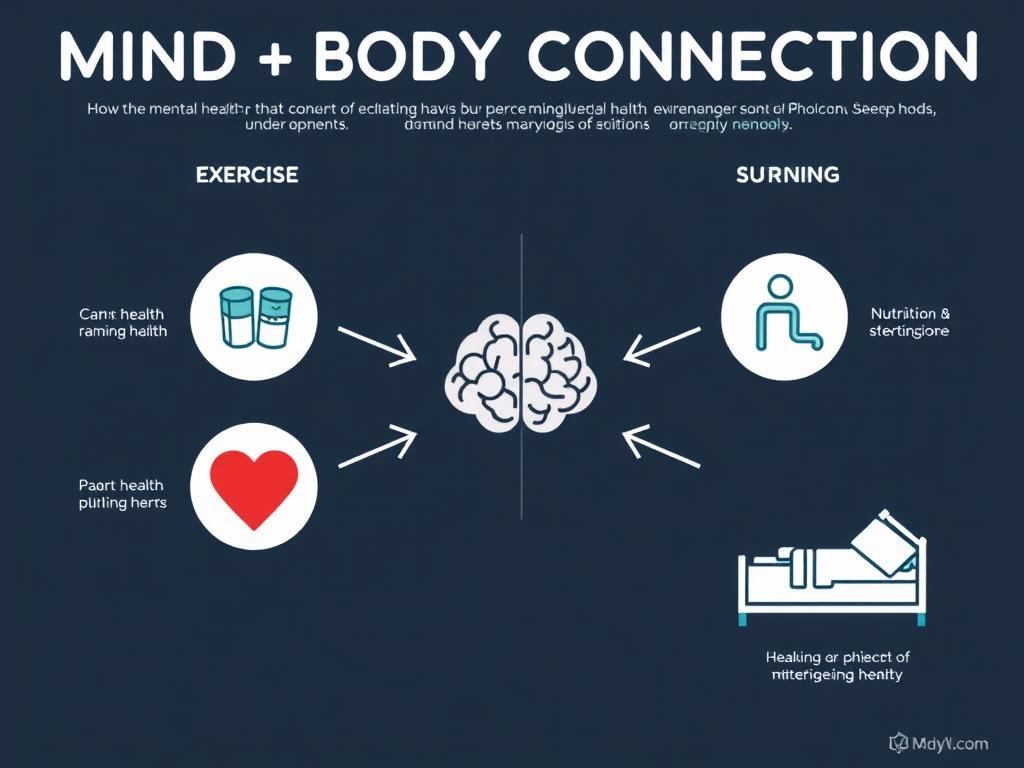
This mind-body connection highlights why a holistic approach to health—one that addresses both mental and physical aspects—is so important. By recognizing this relationship, we can develop more effective strategies for overall wellbeing.
Mindfulness Practices: Cultivating Present-Moment Awareness
Mindfulness involves paying attention to the present moment with openness, curiosity, and acceptance. This simple yet powerful practice has been shown to reduce stress, improve focus, and enhance emotional regulation. By training ourselves to be more mindful, we can break free from automatic patterns of thinking and respond to life’s challenges with greater clarity.
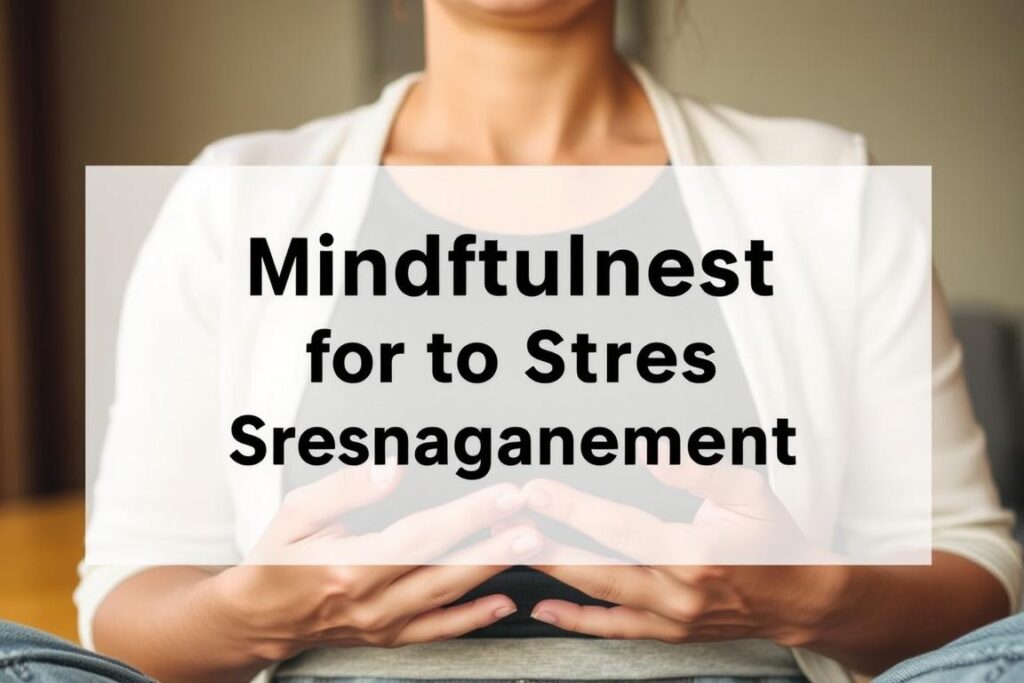
Essential Mindfulness Techniques for Beginners
Ready to Start Your Mindfulness Journey?
Begin with just 5 minutes daily to experience the benefits of mindfulness in your life.
Integrating Mindfulness Into Daily Life
While formal meditation is valuable, mindfulness can be practiced throughout your day. By bringing awareness to routine activities, you transform ordinary moments into opportunities for presence and growth.
Morning Routine
Work/School Day

By bringing mindful awareness to these everyday activities, you build your capacity for presence and reduce the tendency to operate on “autopilot.” This heightened awareness can significantly reduce stress while increasing your appreciation for life’s simple pleasures.
Effective Stress Management Strategies for Mental Wellbeing
Stress is an inevitable part of life, but how we respond to it significantly impacts our mental health. Effective stress management doesn’t mean eliminating stress entirely—rather, it involves developing healthy ways to cope with and reduce its impact on our wellbeing.
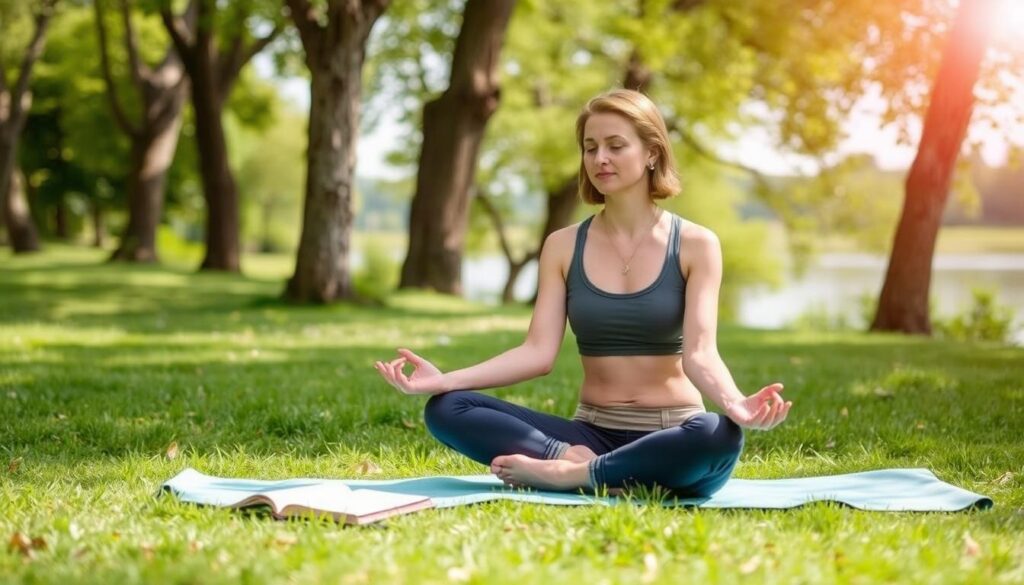
Understanding Your Stress Response
Before implementing stress management techniques, it’s helpful to understand how stress affects you personally. Everyone experiences stress differently, with various physical, emotional, and behavioral symptoms.
Physical Signs
Emotional Signs
Behavioral Signs
Recognizing your personal stress signals allows you to intervene earlier, before stress escalates to more serious levels. This awareness is a crucial first step in effective stress management.
Top 7 Evidence-Based Stress Management Techniques

Create Your Personal Stress Management Plan
Combine different techniques to develop a customized approach that works for your unique needs and lifestyle.
Building Stress Resilience for Long-Term Mental Health
While immediate stress relief techniques are valuable, building resilience—your capacity to recover from difficulties—provides long-term protection for your mental health. Resilience isn’t about avoiding stress but developing the inner resources to bounce back from challenges.
“Life doesn’t get easier or more forgiving; we get stronger and more resilient.” — Steve Maraboli
Integrating Mental Health Awareness Into Your Daily Routine
Creating lasting change requires integrating mental health practices into your everyday life. Rather than viewing mental wellness as something separate from your routine, consider how you can weave awareness, mindfulness, and stress management into the fabric of your day.

Creating Mental Health Micro-Habits
Small, consistent actions often lead to more sustainable change than ambitious overhauls. Consider implementing these mental health micro-habits throughout your day:
Morning Micro-Habits
Evening Micro-Habits
These small practices require minimal time but can significantly impact your mental wellbeing when practiced consistently. The key is integration—finding natural moments in your existing routine to incorporate these habits.
Creating a Supportive Environment
Your physical surroundings significantly influence your mental state. Consider how you can design your environment to support mental wellness:

Transform Your Space for Better Mental Health
Small environmental changes can have a significant impact on your daily mental wellbeing.
The Role of Community in Mental Health Awareness
While individual practices are essential, mental health flourishes in supportive communities. Connection with others provides emotional support, different perspectives, and a sense of belonging that contributes significantly to psychological wellbeing.

Building Your Support Network
A strong support network serves as a buffer against stress and provides resources for navigating life’s challenges. Consider these strategies for cultivating meaningful connections:
Finding Mental Health Resources in Your Community
Many communities offer resources to support mental health awareness and wellbeing. These might include:
Local Resources
Online Resources
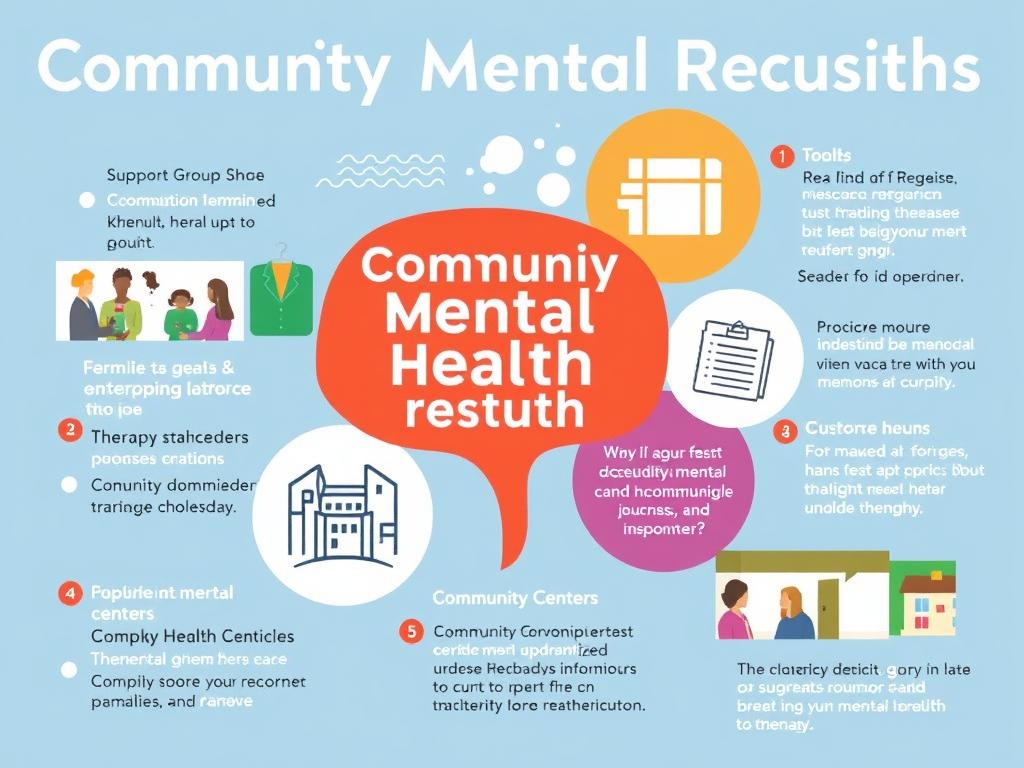
Exploring these resources can connect you with others on similar journeys and provide structured support for your mental health goals. Remember that seeking help is a sign of strength, not weakness.
Digital Wellbeing and Mental Health Awareness
In our increasingly connected world, digital wellbeing has become an essential component of mental health. While technology offers valuable tools for connection and learning, it can also contribute to stress, comparison, and attention fragmentation.

Creating Healthy Digital Boundaries
Establishing intentional boundaries with technology can significantly improve your mental wellbeing. Consider implementing these strategies:
Using Technology to Support Mental Health
While mindful limitations are important, technology can also be a powerful ally in your mental health journey when used intentionally:
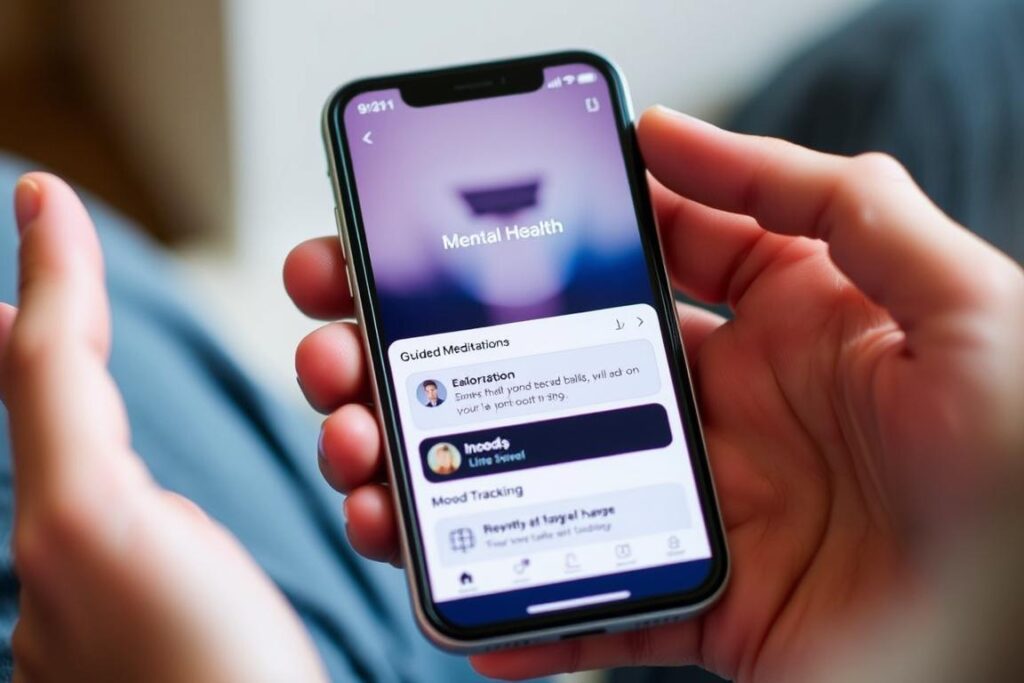
Enhance Your Digital Wellbeing Today
Take control of your relationship with technology for better mental health.
Mental Health Awareness in the Workplace
Given that many adults spend a significant portion of their waking hours at work, workplace mental health has a profound impact on overall wellbeing. Creating psychologically healthy work environments benefits both individuals and organizations through improved productivity, reduced absenteeism, and greater job satisfaction.

Strategies for Workplace Mental Wellness
Whether you’re an employee or leader, these strategies can help foster mental health awareness in your workplace:
For Employees
For Leaders and Organizations
By implementing these strategies, workplaces can become environments that support rather than detract from mental wellbeing, allowing people to bring their best selves to their professional roles.
Seasonal Approaches to Mental Health Awareness
Our mental health needs often shift with the changing seasons. By anticipating these changes and adapting our self-care strategies accordingly, we can maintain more consistent wellbeing throughout the year.
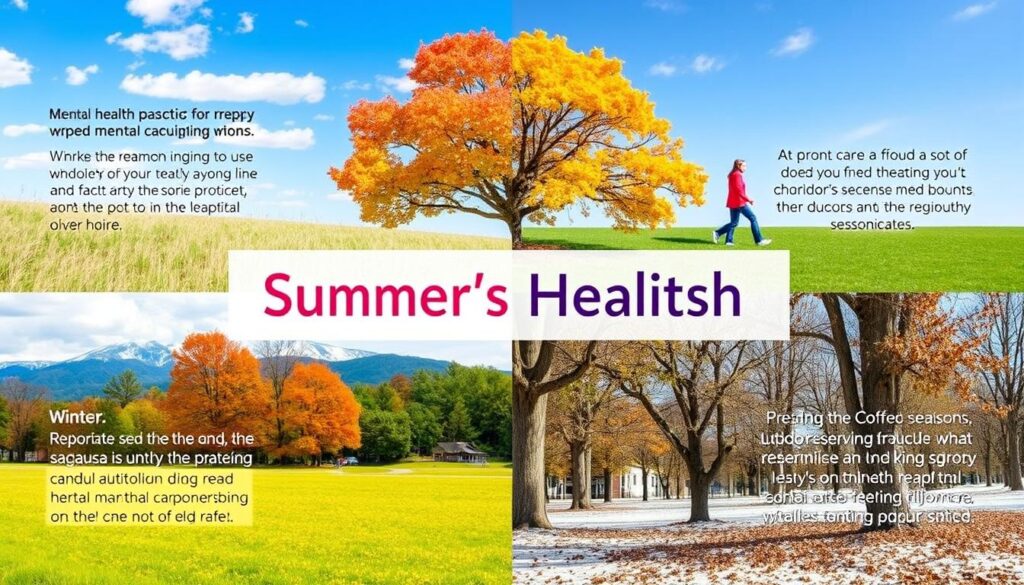
Seasonal Mental Health Considerations
| Season | Common Challenges | Supportive Strategies |
| Spring | Seasonal allergies affecting sleep, transition anxiety with schedule changes | Gradual schedule adjustments, outdoor mindfulness practices, spring cleaning for mental clarity |
| Summer | Heat affecting sleep and mood, disrupted routines during vacation periods | Morning or evening outdoor activities, consistent sleep schedules despite longer daylight, hydration awareness |
| Autumn | Back-to-school/work stress, decreasing daylight affecting mood | Light therapy, establishing comforting routines, mindful appreciation of seasonal changes |
| Winter | Seasonal Affective Disorder, holiday stress, reduced outdoor activity | Light therapy, vitamin D supplementation (with medical guidance), indoor movement practices, social connection planning |
By anticipating seasonal shifts and proactively adjusting your self-care strategies, you can maintain more consistent mental wellbeing throughout the year’s natural cycles.
Essential Resources for Mental Health Awareness
Expanding your mental health toolkit with quality resources can provide ongoing support for your wellbeing journey. These trusted sources offer evidence-based information, practical tools, and supportive communities.
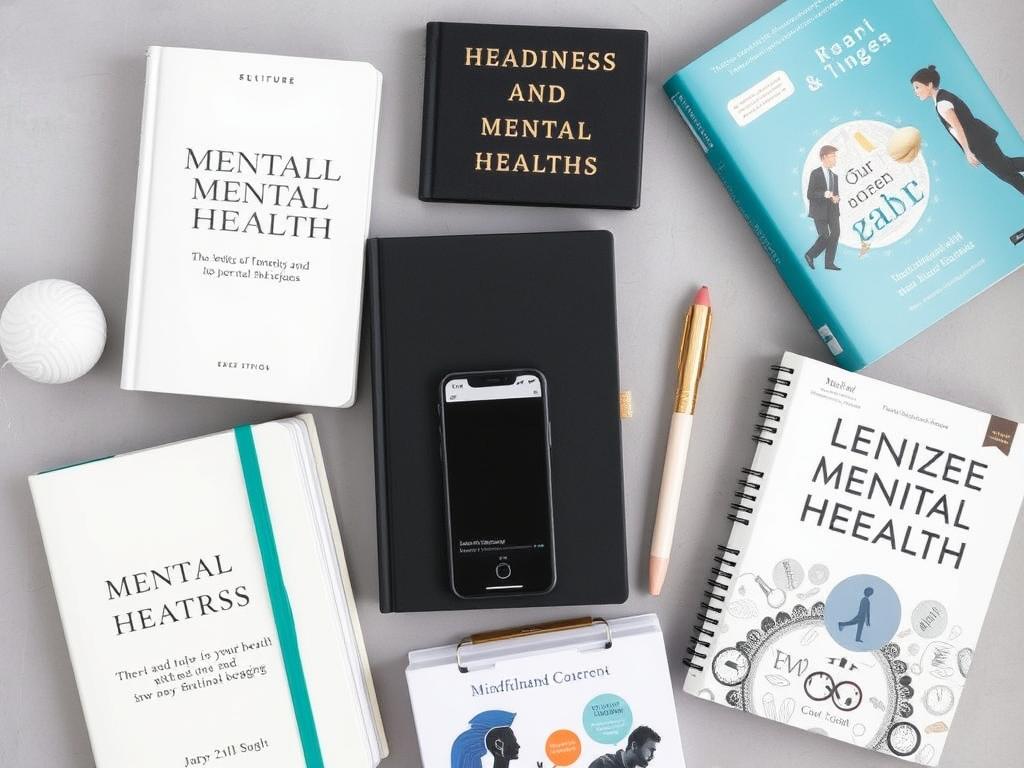
Recommended Books on Mindfulness and Mental Health
For Beginners
For Deeper Practice
For Workplace Application
Digital Resources and Communities
Expand Your Mental Health Toolkit
Discover resources tailored to your specific needs and preferences.
Embracing the Journey of Mental Health Awareness
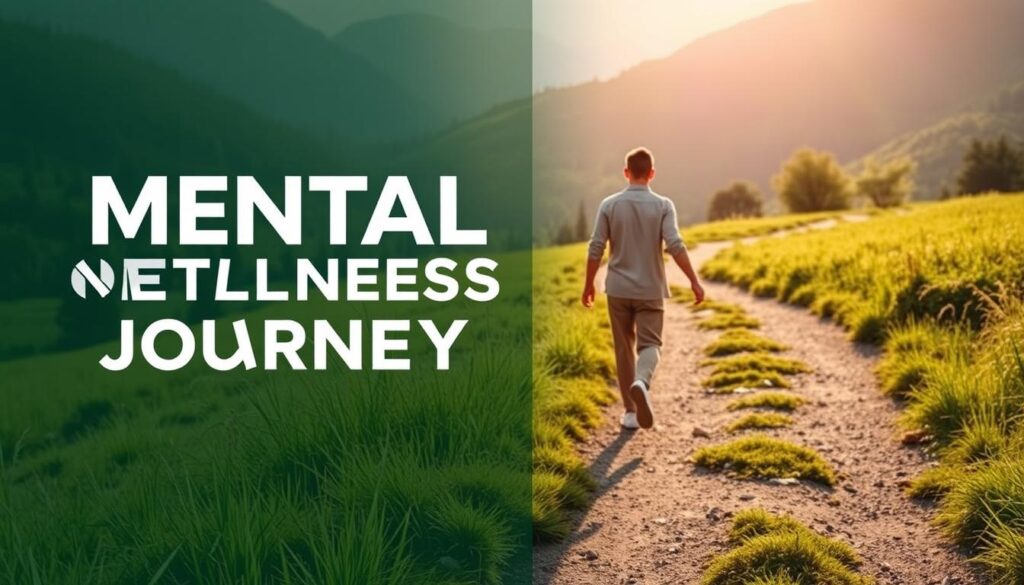
Mental health awareness is not a destination but a lifelong journey of growth, learning, and self-discovery. By integrating mindfulness practices and effective stress management techniques into your daily life, you build resilience against life’s inevitable challenges while cultivating greater peace, clarity, and fulfillment.
Remember that this journey isn’t linear—there will be both challenges and breakthroughs along the way. What matters most is your commitment to showing up for yourself with compassion and curiosity, day after day. Each small step you take to support your mental wellbeing creates ripples that extend far beyond your individual experience, contributing to a culture that values and prioritizes mental health.
As you continue on your path, stay connected to supportive communities, remain curious about new practices that might serve you, and above all, be gentle with yourself through the process. Your mental health journey is uniquely yours, worthy of your time, attention, and care.
Begin Your Mental Wellness Journey Today
Start with one small practice and build from there. Every step matters.
